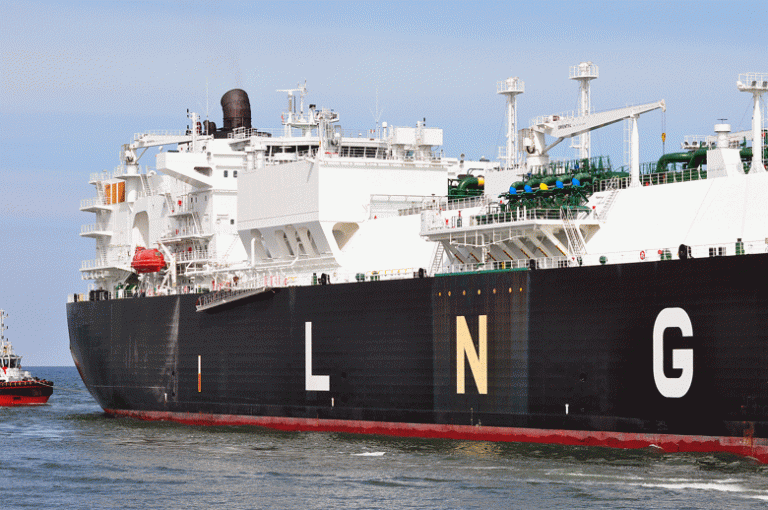Spain smooths way for LNG to boost biggest storage hub in Europe

Spain is undergoing the biggest overhaul of its liquefied natural gas system in an eff ort to boost its role as a key storage and trading hub for the fuel. With more LNG terminals than any other country in Europe, Spain is turning its domestic-focused network into one more accessible to global traders. Starting next year, the country plans to reform its storage limits and fees that have in the past deterred shippers from stockpiling and reloading LNG there. The timing couldn’t be better as new plants from the US to Russia add ever more LNG to a market in a market that’s already testing storage limits. That supply glut resulted in a record number of LNG cargoes sailing to Europe last month, a trend poised to continue through the rest of the year.
“The high costs of using Spanish infrastructure meant that Spain largely lost out to other European countries in the reload arbitrage to Asian markets in 2017-18,” said Leyra Fernández Díaz, a global gas analyst at Energy Aspects Ltd. “This will likely no longer be the case after the reforms.” Spain’s terminals have about the same combined storage capacity as its two closest rivals, Britain and France, put together, according to Gas Infrastructure Europe. Spain also boasts the oldest working terminal in Europe, with its Barcelona facility in operation since 1968. From October next year, LNG traders using Spain’s terminals won’t need so- called bundled deals that oblige them to deliver gas into the nation’s grid. They’ll also be able to tender for space over set periods, a common practice at other European hubs. “LNG storage capacity will be off ered as an unbundled service through regular auctions as standard products: yearly, quarterly, monthly, daily and intra- daily,” said Agustin Alonso of Spain’s National Commission of Markets and Competition.
“Users will have to pay the price resulting from the auction for the whole amount of the capacity booked, regardless of whether they use it or not.” It’s a departure from the present system, which is geared toward supplying Spain, the European Union’s sixth-biggest gas user. Daily fees are charged for storage and stiff penalties are imposed for those who exceed set thresholds including how long they hold supplies. Abolishing those penalties will cut about $0.56/mmbtu from the cost of storing a cargo for a month, according to Energy Aspects. That’s about 10% of the current benchmark rate for LNG in Asia, the biggest user of the fuel. That would be welcome news to LNG traders who this summer and autumn had little choice but to dump cargoes in Spain as a wave of incoming supplies filled Europe’s storage sites. While Spain did import LNG as utilities burned more gas, what traders often need is a place to keep fuel for re-exporting or for use in the future. A reduction in tariff s still needs to be approved by the CNMC. Capacity products will be available from October 1, and the first auction of the yearly products will take place in September. Spain may still have a way to go to rival the trading hubs of Britain’s National Balancing Point and the Title Transfer Facility in the Netherlands.
Both have extensive cross-border pipeline links and liquid trading markets that Spain lacks. “This initiative might increase trading in Spain a little bit but will it make any diff erence to European gas trading? I doubt it,” said Patrick Heather, a senior research fellow at the Oxford Institute for Energy Studies. Even so, the reforms complement plans unveiled earlier this year to treat all of Spain’s LNG terminals as a single virtual hub. The aim is to boost trading between the ports and reduce congestion at a particular location. Current rules make traders trade within a specific terminal. “Storing at onshore LNG terminals in Spain is to become more competitive than floating storage,” Energy Aspects’ Fernandez Diaz said. “The creation of the virtual LNG hub will abolish costly penalties for storing LNG.”